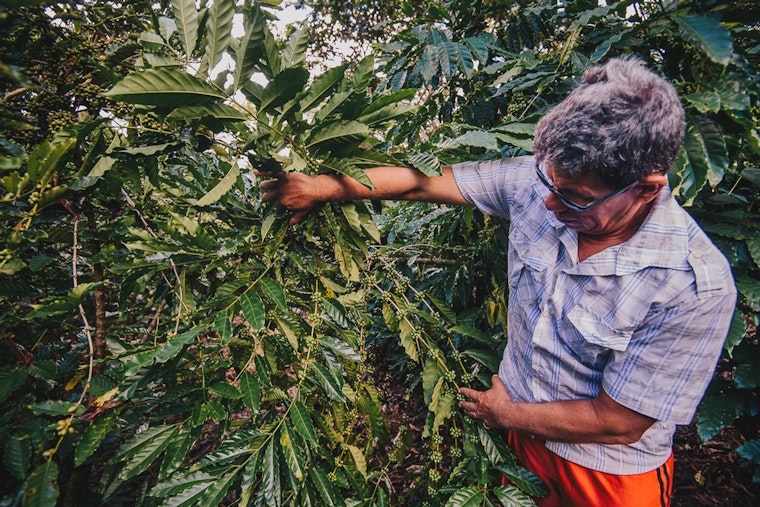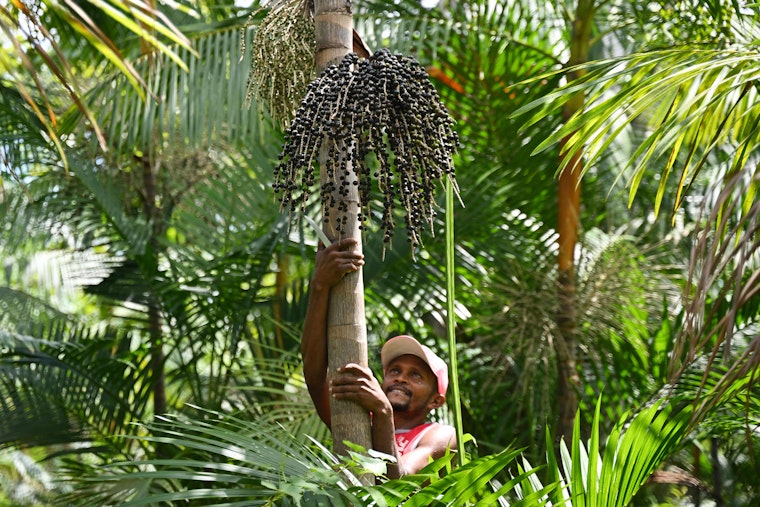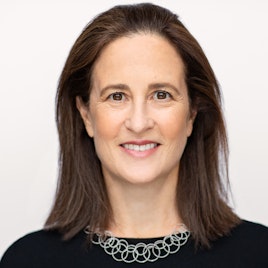More than Açaí: How a $15 Million Investment Will Help Reforest Brazil’s Amazon
By Georgia Levenson Keohane & Heloisa Griggs

Could Arrowleaf Elephant Ear, Lemon Vine, and False Roselle be part of the struggle against the global climate crisis? Like the better known açai berry, these edible plants grow in Brazil’s Amazonian rain forest and are used in local foods. They are now being marketed for export in the United States in freeze-dried form by Horta da Terra, a small Brazilian enterprise based in the Amazon region.
Horta da Terra describes itself as a “nature tech” business, committed to promoting the biodiversity of the Amazonian region by creating markets for Amazonian ingredients and non-conventional food plants.
It is also among a small number of regional companies whose early development has been backed by the Amazon Biodiversity Fund (ABF)—an investment vehicle dedicated to supporting both forest sustainability and economic opportunity in the Amazon—demonstrating a viable economic alternative to the low-productivity cattle ranching that continues to decimate standing forests and exacerbate climate change.
At the Soros Economic Development Fund (SEDF), the impact investment arm of the Open Society Foundations, we are excited about investing $15M in ABF, as it expands the scope of its ambitions.
The investment aligns with Open Society’s broader commitment to climate justice—to ensuring that the costs of climate mitigation and adaptation do not fall on those least responsible for the world’s damaging emissions—and to creating climate positive solutions, pathways, and agency for the most vulnerable in the fight against climate change.
The vast Amazon forest plays a vital role in absorbing carbon dioxide from the atmosphere. Yet over 20 percent of the forests have already been cleared for ranches and plantations. Scientific studies of the atmosphere have shown that deforestation has already turned the southeast Amazonia from a carbon sink into a net producer of carbon dioxide, due to a number of factors including the setting of fires to clear new fields. Globally, it is estimated that deforestation and forest degradation is responsible for at least 12 percent of global carbon emissions, and possibly as much as 20 percent.

In Amazonia, deforestation is driven by large agro-industrial companies clearing ground for beef and soy production. But the forest is also at risk from local smallholder farmers who turn to ranching to make a living.
ABF, and a number of other emerging funds, are testing business models that simultaneously sustain the standing forest and deliver economic gains for the local communities. ABF will pursue venture and early-stage growth investments in enterprises that focus on the more than 700,000 smallholder farmers and their families in the Amazon region—and that encourage the sustainable production of coffee, cocoa, and other indigenous local crops while preserving the forest or reforesting degraded areas.
The fund’s existing investees already include innovative companies that are leveraging the global market for carbon credits to benefit local farmers. For example:
- ReforesTerra trains cattle farmers to apportion part of their land to be reforested with trees seeded in its own nurseries. Reforested land is then monetized in carbon markets and the resulting income shared with the farmers.
- Amazonia Agroforestal trains coffee growers on farming techniques to improve yields under the condition that they conserve the forest on a portion of their land. Again, conserved land is then monetized in the carbon markets.
SEDF has partnered with a number of other investors, including the Brazilian Development Bank, to stand up this fund of over $60 million, making it one of the largest social impact funds in Latin America.
Historically, investments in forest preservation have been seen as too risky for commercial investors—which is why they are well suited to SEDF’s patient, risk tolerant and “catalytic” capital. If successful, we believe that that ABF can show it is possible to operate successful commercial businesses that protect the Amazon’s standing forests and improve local livelihoods—a “proof point” that will show the way forward for other, larger investors, eventually crowding in the large sums of institutional capital necessary to preserve and protect the forests, sustain local communities, and arrest climate change.
That message—and market signal—is enormously important at a time when other private and political interests in Brazil have argued that securing the future livelihood of the region’s 29 million local and indigenous people entails clearing, not conserving, critical forest cover.
Our investment in ABF has a number of hoped for outcomes. First, the direct benefits, including the creation of 1,000 sustainable jobs for locals and for indigenous communities, the preservation of thousands of hectares of at-risk forest, and the avoidance of several million tons of CO2 emissions.
Second, and potentially even more impactful, is ABF’s role as catalyst; ABF has the potential to show investors, politicians, and local communities an alternative vision, and blueprint, for a future in which sustainable economic development—standing forests and thriving communities—are mutually reinforcing.

Georgia Levenson Keohane is chief executive of the Soros Economic Development Fund, Open Society’s impact investment fund.

Heloisa Griggs is acting executive director for Open Society–Latin America and the Caribbean.